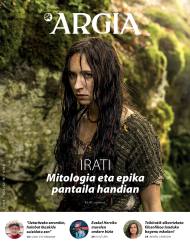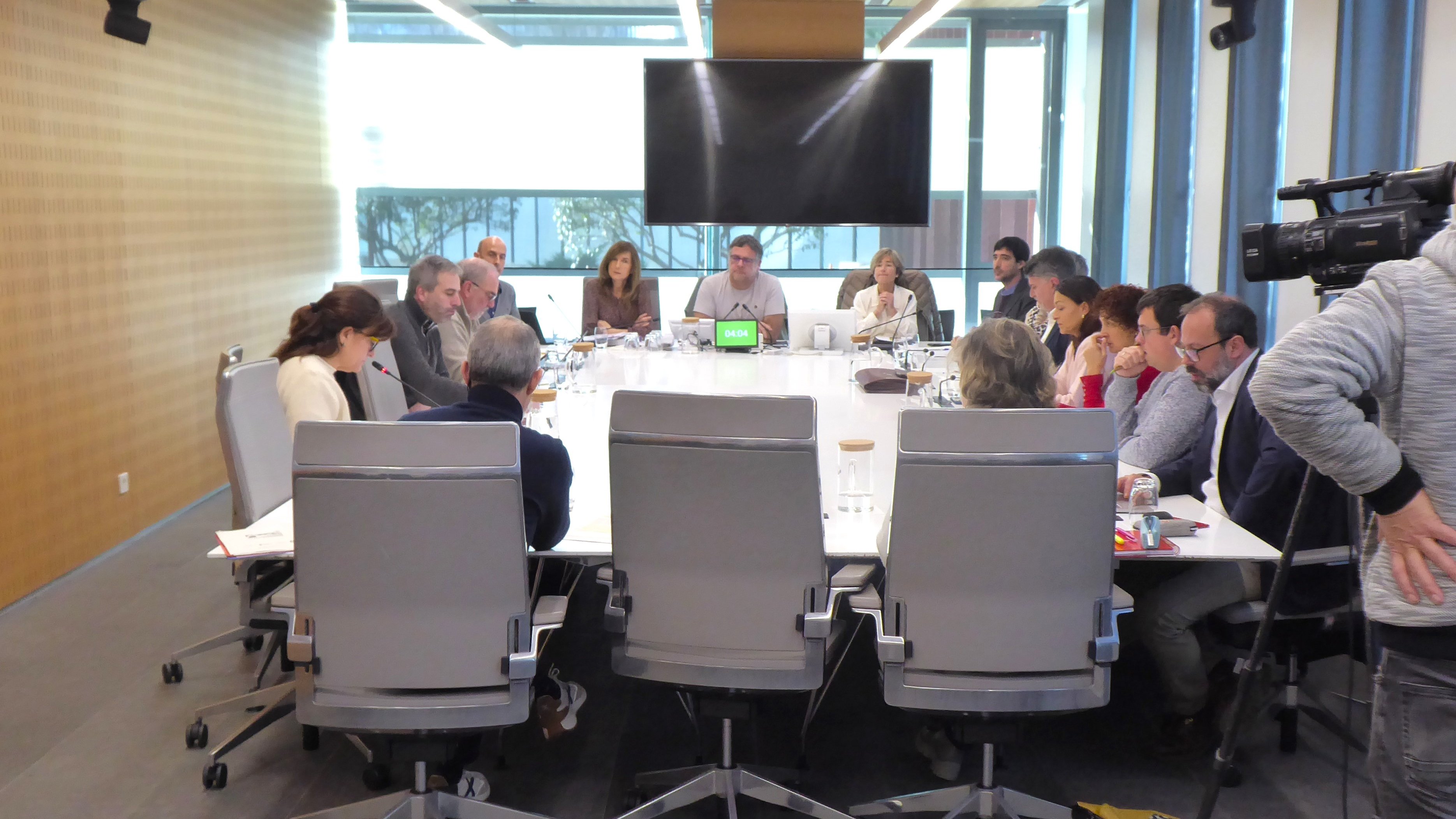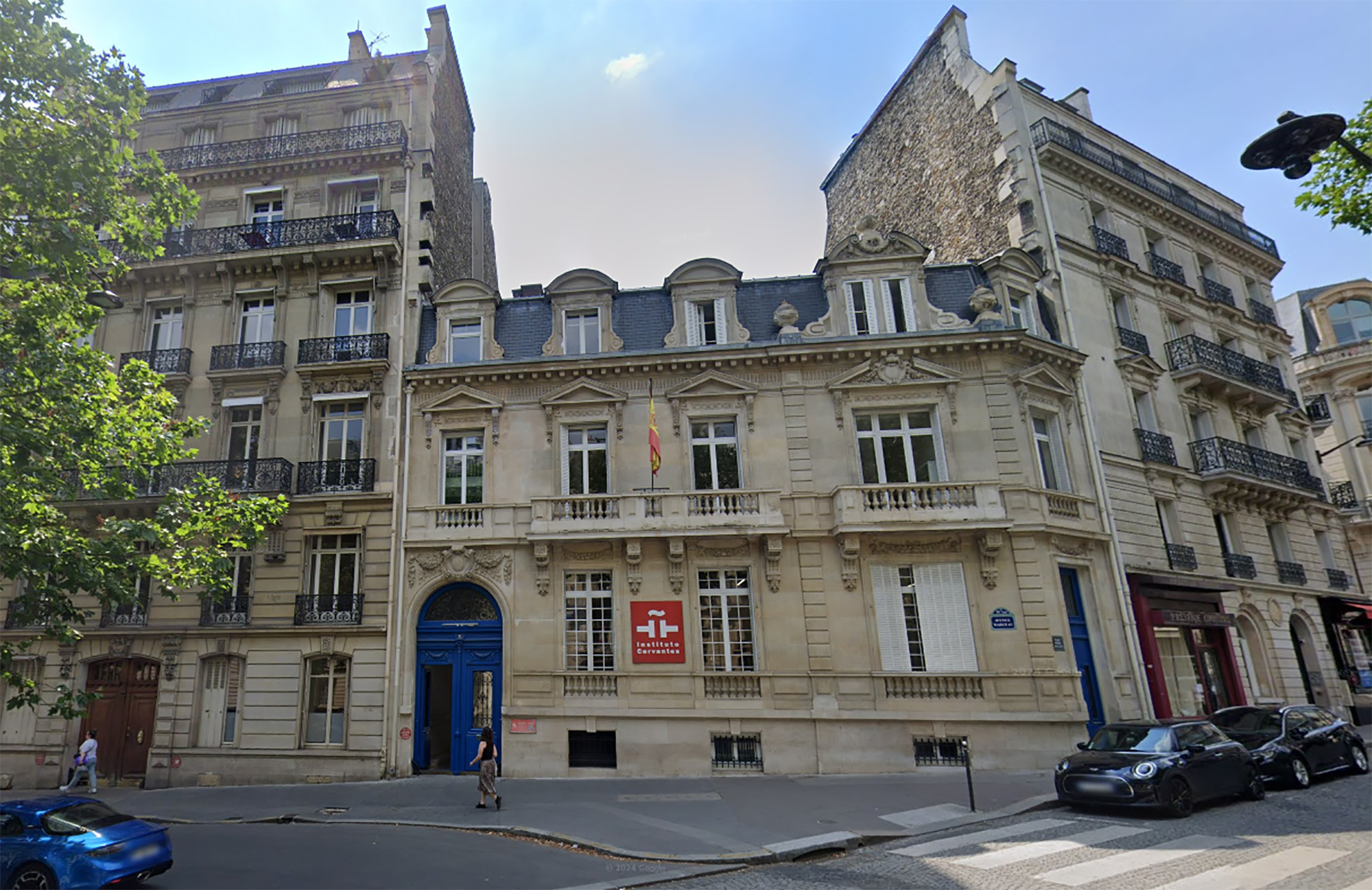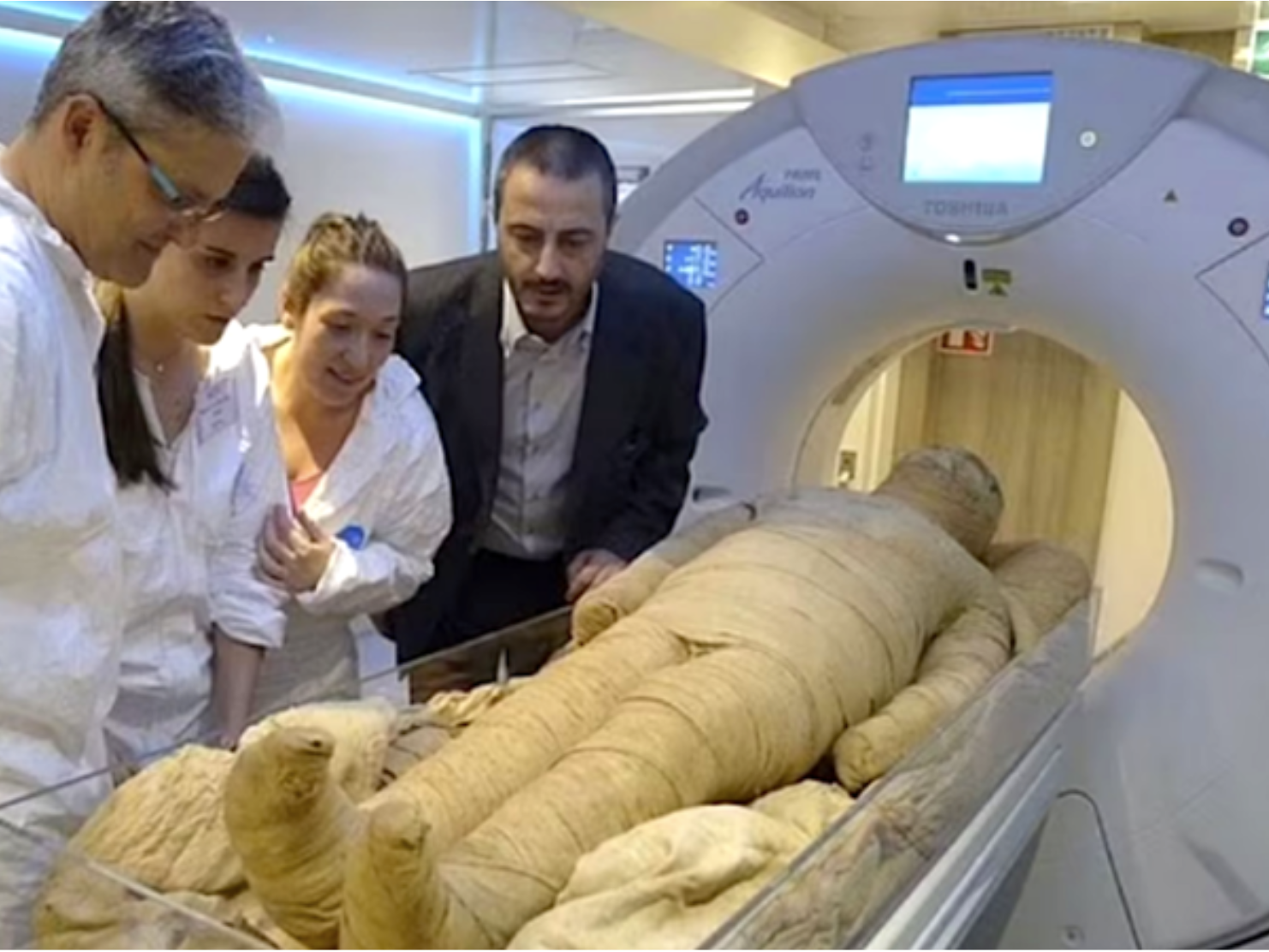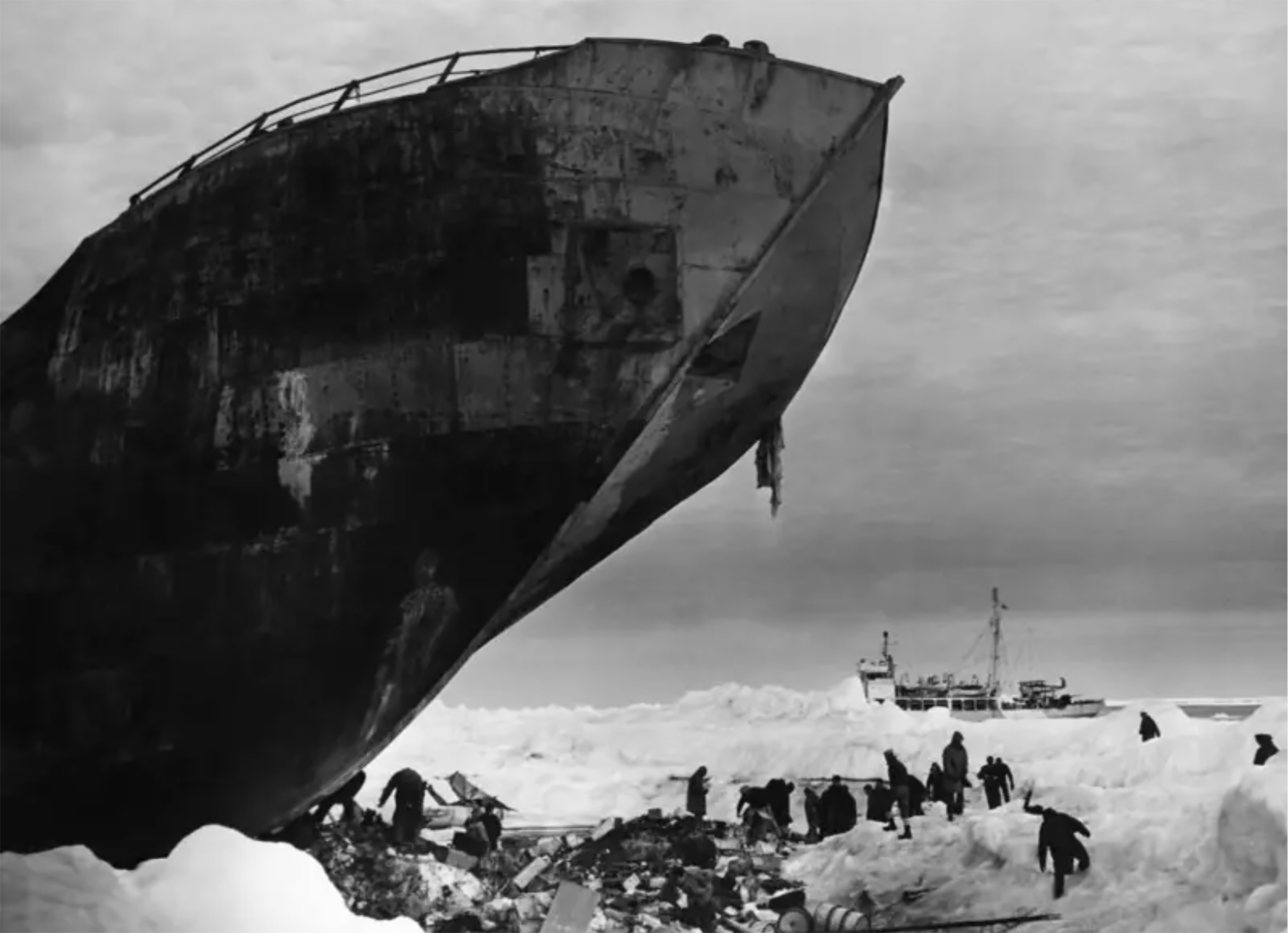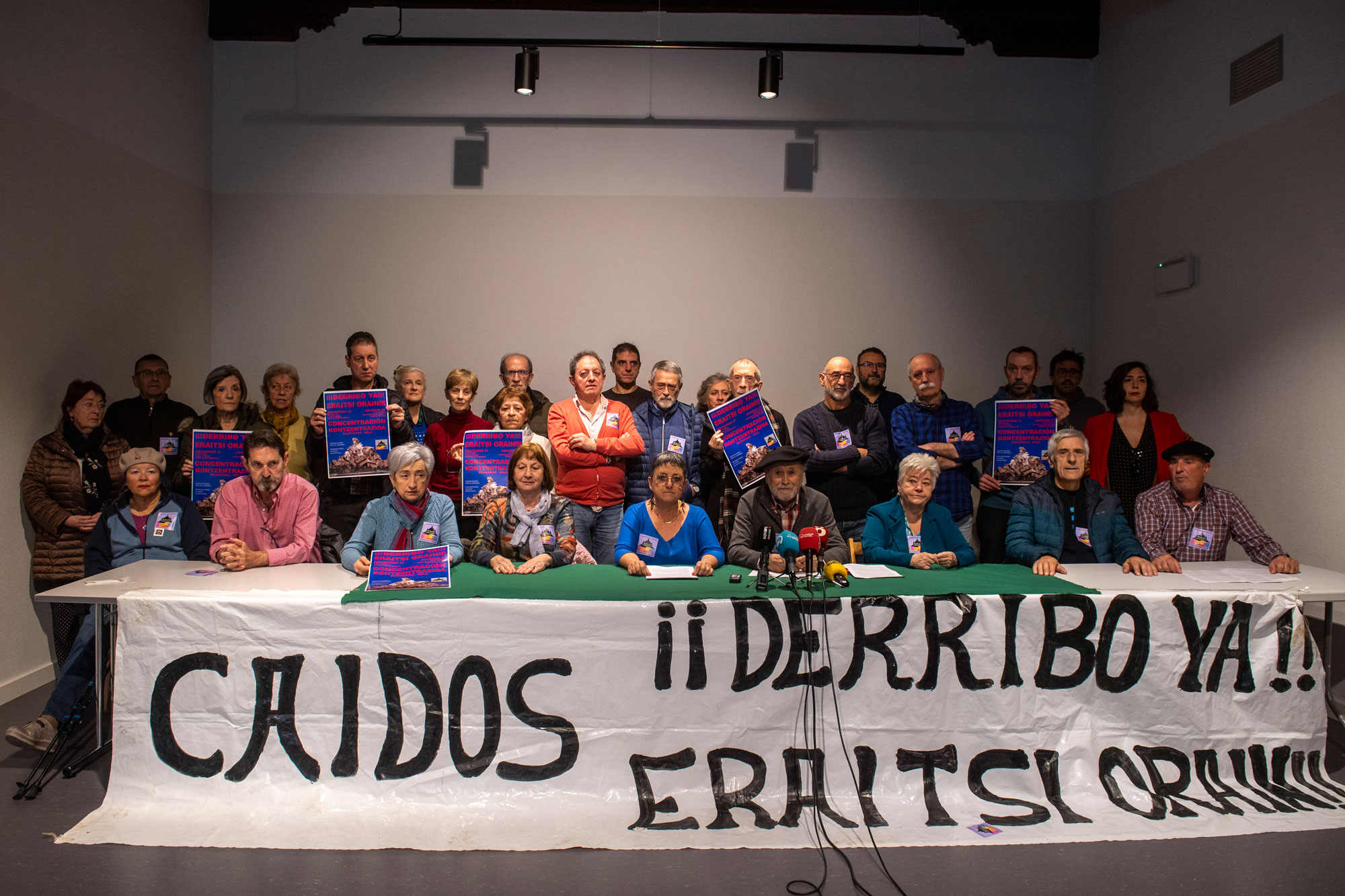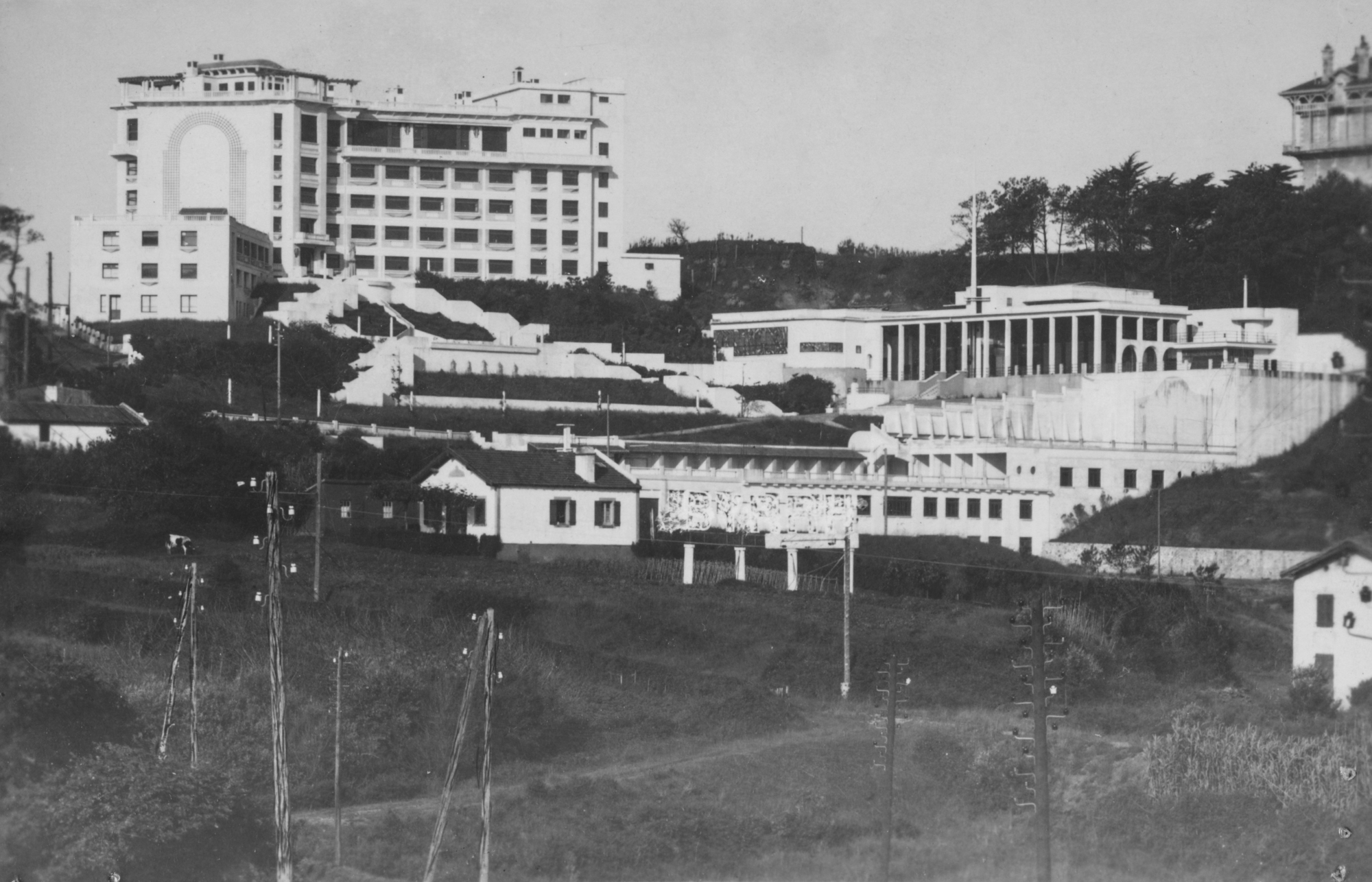Vagrant animals
- In the 9th century, the Vikings attacked the east coast of England, looting monasteries and returning home with what was captured. But at least one of those Viking groups stayed longer, for example the Heath Wood Field.
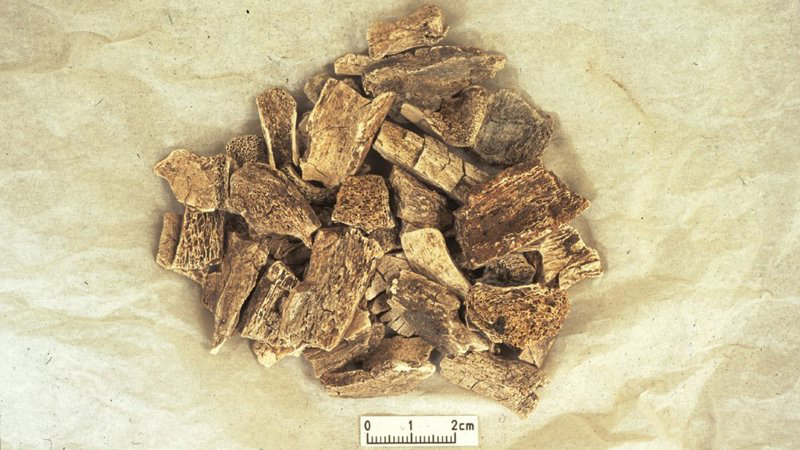
In the necropolis was found, among others, a group of burned bones which, after analyzing the fingerprints, have discovered that, in addition to human bones, there are also animal bones, specifically dogs, horses and pigs. Furthermore, the analysis of bone isotope strontium revealed that these animals came from present-day Norway and northern Sweden.
The research has left us an image that we do not see in the Viking films: the Vikings traveled aboard their animals.
I just saw a series from another sad detective. All the plots take place on a remote island in Scotland. You know how these fictions work: many dead, ordinary people but not so many, and the dark green landscape. This time it reminded me of a trip I made to the Scottish... [+]
Japan, 8th century. In the middle of the Nara Era they began to use the term furoshiki, but until the Edo Era (XVII-XIX. the 20th century) did not spread. Furoshiki is the art of collecting objects in ovens, but its etymology makes its origin clear: furo means bath and shiki... [+]
In an Egyptian mummy of 3,300 years ago, traces of Yersinia pestis, the bacterium that caused the Justinian plague in the 6th century and the Black Plague in the 14th century, have just been found.
Experts until now believed that at that time the plague had spread only in... [+]
Greenland, the end of the 10th century. The first Scandinavian explorers and settlers arrived on the island. But by the 15th century these settlements had been abandoned and the original Inuit remained. But in 1721, the missionary Hans Egede organized an expedition and the... [+]
Tafallan, nekazal giroko etxe batean sortu zen 1951. urtean. “Neolitikoan bezala bizi ginen, animaliez eta soroez inguratuta”. Nerabe zelarik, 'Luzuriaga’ lantegian hasi zen lanean. Bertan, hogei urtez aritu zen. Lantegian ekintzaile sindikala izan zen;... [+]









